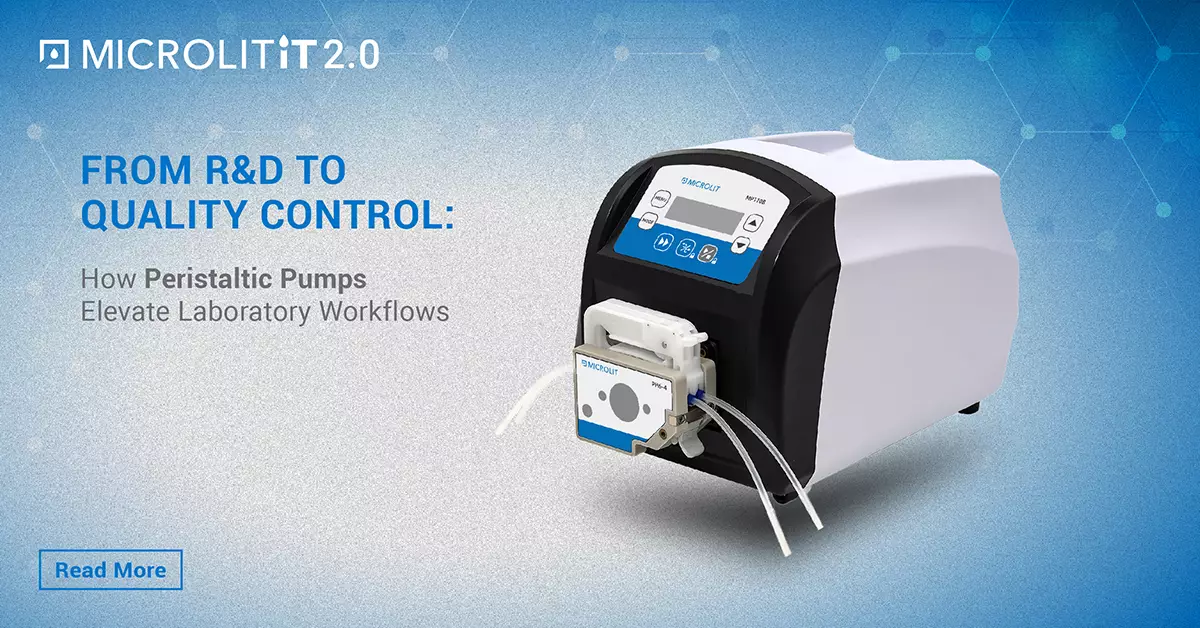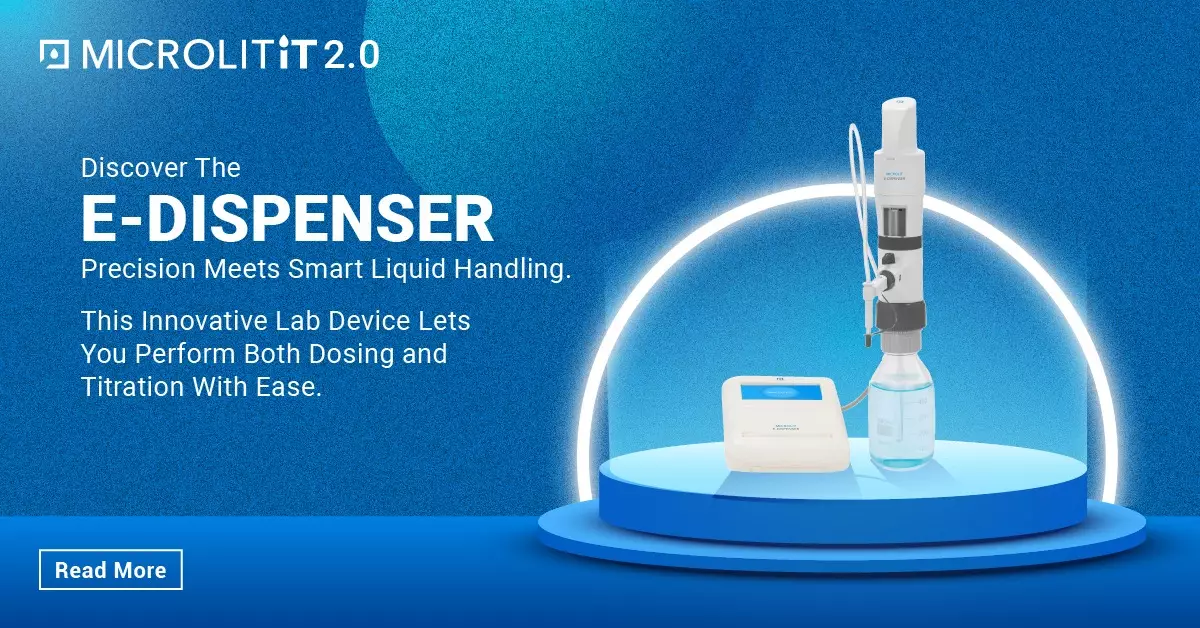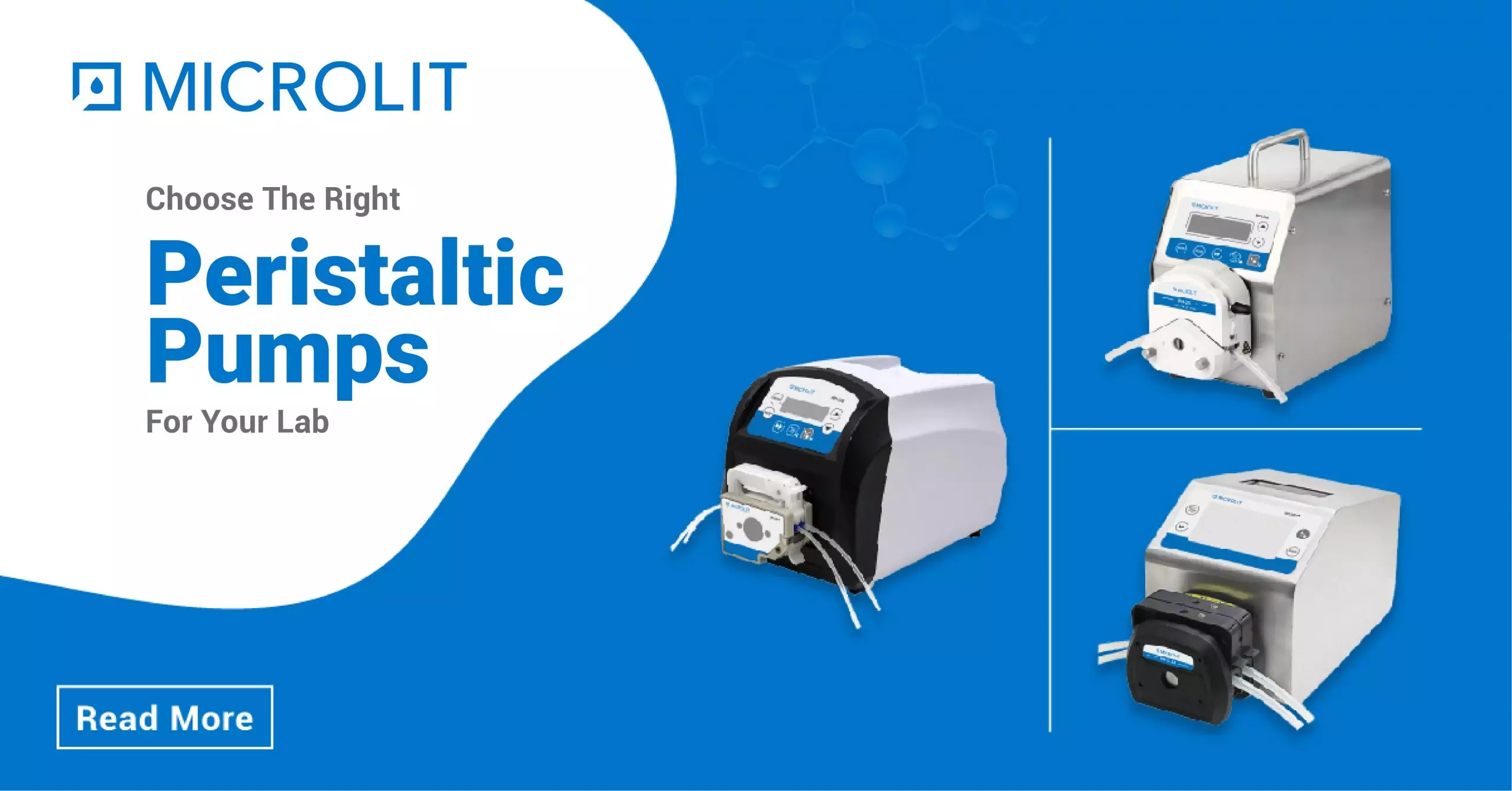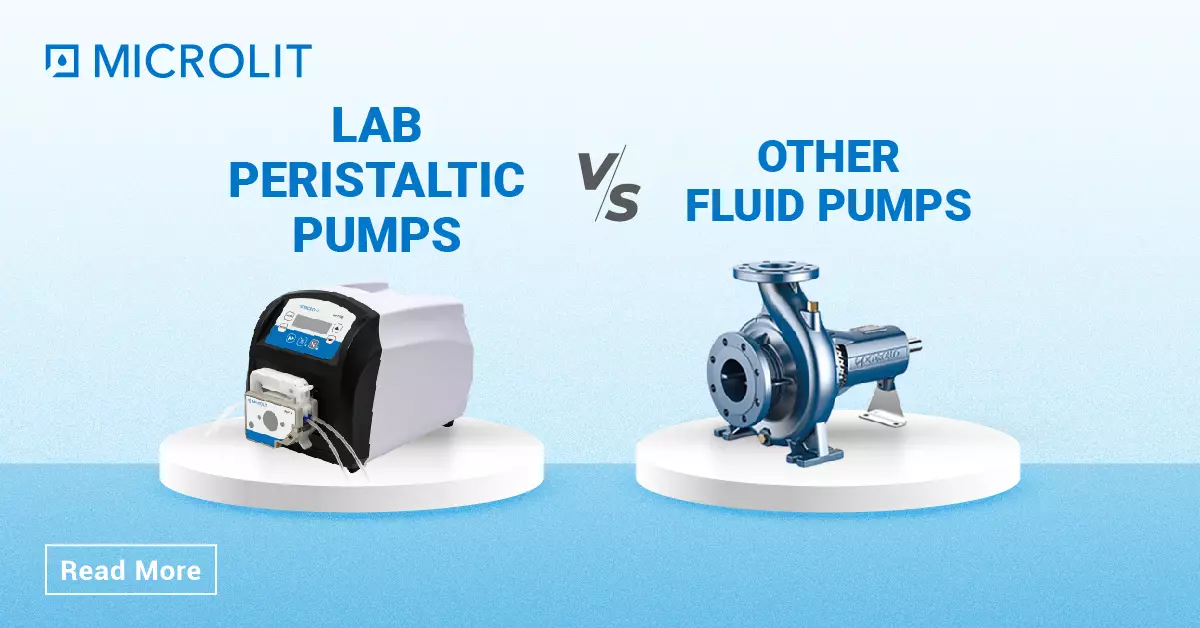OEM and White Label Explained: Their Definitions and Operational Mechanisms
- August 23, 2024
- ENQUIRE NOW

In the bustling world of manufacturing and product distribution, the terms OEM (Original Equipment Manufacturer) and White Label frequently come up. Both models are integral to the way products are developed and marketed, yet they serve different purposes and offer distinct advantages. At Microlit, we aim to clarify these concepts, helping you understand how each model works and how they might fit into your business strategy.
Understanding OEM (Original Equipment Manufacturer)
What is OEM?
 An OEM, or Original Equipment Manufacturer, is a company that designs and builds products based on another company’s specifications. In this model, the OEM produces goods according to the detailed requirements provided by client company, which is typically the brand owner. The client company then sells these products under its own brand name.
An OEM, or Original Equipment Manufacturer, is a company that designs and builds products based on another company’s specifications. In this model, the OEM produces goods according to the detailed requirements provided by client company, which is typically the brand owner. The client company then sells these products under its own brand name.
How OEM Works
- Design and Development: The client company develops the design, specifications, and functional requirements for the product. This stage involves detailed planning and often includes prototypes and testing to refine the product.
- Manufacturing: Once the design is finalized, the OEM takes over the manufacturing process. They use their production facilities and expertise to create the product according to the specified requirements.
- Quality Control: During production, the OEM is responsible for adhering to quality standards as set by client company. The client often performs additional quality checks to ensure the product meets the brand’s standards.
- Branding and Distribution: The finished products are then branded with the client company’s name and logo, and distributed to retailers or end-users under client’s brand.
Advantages of OEM
- Customization: OEMs offer high levels of customization. Businesses can develop unique products tailored to their specifications, which can differentiate their offerings in the marketplace.
- Control Over Product Design: Companies have significant control over the design and features of the product, allowing them to create something that aligns closely with their brand identity and customer needs.
- Expert Manufacturing: OEMs bring specialized manufacturing expertise and technology, which can enhance the quality and efficiency of production.
Considerations
- Higher Costs: The customization and design phase can be costly, especially for small to medium-sized businesses. The initial investment in product development and testing can be significant.
- Longer Lead Times: Developing a custom product with an OEM typically involves longer lead times compared to off-the-shelf solutions.
Understanding White Label
What is White Label?
 White Label products are goods produced by one company that are sold under another company’s brand. Unlike OEM, where the client company provides detailed specifications, White Label products are typically pre-designed and manufactured by the producer, allowing the buying company to simply apply their brand name and logo to the product.
White Label products are goods produced by one company that are sold under another company’s brand. Unlike OEM, where the client company provides detailed specifications, White Label products are typically pre-designed and manufactured by the producer, allowing the buying company to simply apply their brand name and logo to the product.
How White Label Works
- Product Development: The White Label manufacturer develops the product, often as part of a range of products. These products are generic and not specifically tailored to any single client’s needs.
- Branding: The purchasing company selects from the existing product line and rebrands it with their name and logo. This branding process is usually straightforward and doesn’t involve changes to the product’s design or features.
- Distribution: Once branded, the White Label products are distributed under the purchasing company’s brand, reaching the market without the need for additional development work.
Advantages of White Label
- Speed to Market: White Label products allow companies to quickly enter the market with minimal lead time, as the products are already developed and ready for rebranding.
- Lower Costs: As the product development costs are borne by the manufacturer, businesses can offer a product without investing heavily in R&D.
- Simplicity: The process is straightforward, involving branding rather than product design and development, which simplifies the overall workflow.
Considerations
- Limited Customization: White Label products offer little to no customization. Companies can only choose from existing products, which may not fully align with their specific requirements or brand vision.
- Potential Brand Overlap: Since White Label products may be sold by multiple companies under different brands, there’s a risk of market overlap and reduced brand differentiation.
Comparing OEM and White Label
Customization vs. Standardization
OEM provides a higher degree of customization, allowing businesses to develop unique products tailored to their specifications. White Label, on the other hand, offers a standardized product that is rebranded without modification.
Cost and Time Considerations
OEM typically involves higher costs and longer lead times due to the custom design and development processes. White Label offers a more cost-effective and faster solution, making it suitable for companies looking to quickly expand their product range without heavy investment.
Control and Flexibility
OEMs give companies control over the product’s design and features, which is beneficial for creating distinct, branded offerings. White Label provides less control, focusing instead on leveraging existing products with minimal changes.
Making the Right Choice for Your Business
Assessing Your Needs
Choosing between OEM and White Label depends on various factors:
- Budget: If budget constraints are a concern, White Label can be more cost-effective, as it requires less investment in development.
- Time to Market: For quick market entry, White Label products are advantageous due to their ready availability.
- Product Differentiation: If creating a unique product is crucial for your business strategy, OEM is the better choice due to its customization capabilities.
- Branding Strategy: Consider how important it is to align the product with your brand. OEM offers greater opportunities for brand alignment through custom designs, while White Label provides a quicker branding solution.
Conclusion
At Microlit, we recognize that understanding the differences between OEM and White Label is essential for making informed decisions about product development and branding. Each model has its own set of advantages and considerations, and the right choice depends on your specific business needs, budget, and strategic goals. By evaluating these factors, you can select the model that best aligns with your objectives, ensuring that your products effectively meet market demands and enhance your brand’s presence. To know more, email us at info@microlit.com or visit our website www.microlit.com





